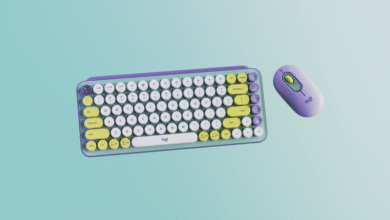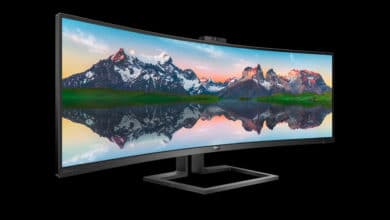
The Raspberry Pi is a versatile and affordable mini computer that is approachable for beginners yet powerful enough for experienced makers. With capabilities rivaling a basic desktop computer, the Raspberry Pi opens up a world of possibilities. We will help you navigate everything from setting up your Raspberry Pi to taking on advanced projects. In this guide, we cover every stage of Raspberry Pi ownership.
Unboxing and Initial Setup
To get started with your Raspberry Pi, you’ll need to gather a few essential components:
- Raspberry Pi board (any model will do!)
- Micro SD card with Raspberry Pi OS preloaded
- Appropriate power supply
- HDMI cable for connecting to a display
- USB keyboard and mouse for input
With all the equipment on hand, insert the micro SD card into the slot on the bottom of the Pi. Utilize the video output cord to link the Raspberry Pi to a display screen and connect your devices using the USB interfaces. To wrap up, activate your Pi unit by connecting it to the electrical source. Upon first boot, you’ll be greeted by the Raspberry Pi Configuration tool.
Configuring the Operating System
The Raspberry Pi Configuration tool allows you to customize your experience and you will be able to set your preferred language and time zone at this step. If you wish to access your Pi remotely, enable SSH. Finally, don’t forget to update the operating system to gain the most recent functionalities and protective updates.
Connecting to Wi-Fi
For many projects, you’ll want your Raspberry Pi connected to the internet. Tap the wireless symbol at the upper right and pick your desired network from the available options. Type in the password when prompted.
Exploring the Raspberry Pi Desktop
Spend some time navigating the preinstalled applications to familiarize yourself with the Raspberry Pi environment. The desktop layout is simple, featuring easily accessible icons and a streamlined menu, making it intuitive for new users. Exploring a little reveals that the Raspberry Pi interface is both practical and easy to navigate.
Creating a Personal VPN
One advanced project you can undertake is setting up your Raspberry Pi as a VPN server for secure remote access to your home network.
First install the OpenVPN software. Next, configure the VPN by editing the server configuration file. You’ll need to specify the VPN IP address range, directives, and certificates. Enable security through encryption.
Once configured, set up routing and firewall policies. Test that you can connect to the VPN successfully from another device. With your private virtual tunnel established, you have the ability to safely link to your domestic network regardless of your physical location.
Gaming and Leisure
The Raspberry Pi isn’t all serious business. You can transform your Pi into a retro game console to play classic titles. The experience is comparable to having your own miniature arcade, right in the comfort of your home. This could be a nostalgic trip down memory lane for many gaming enthusiasts. For card games, install a web browser and check out online blackjack UK for hours of entertainment. This turns your Raspberry Pi into a compact, portable gambling station. It’s an excellent way to practice your card skills without stepping foot in a physical casino.
Exploring Additional Projects
Your Raspberry Pi is ready for all kinds of creative applications:
- Home Automation – Integrate appliances and devices for smart home control.
- Media Center – Stream movies and TV shows with Kodi.
- DIY Cloud – Host your own Nextcloud server for file storage and sharing.
With this overview, you now have the foundation to master your Raspberry Pi. From the initial setup to advanced uses, the possibilities are endless with this capable mini-computer. What will you create?



